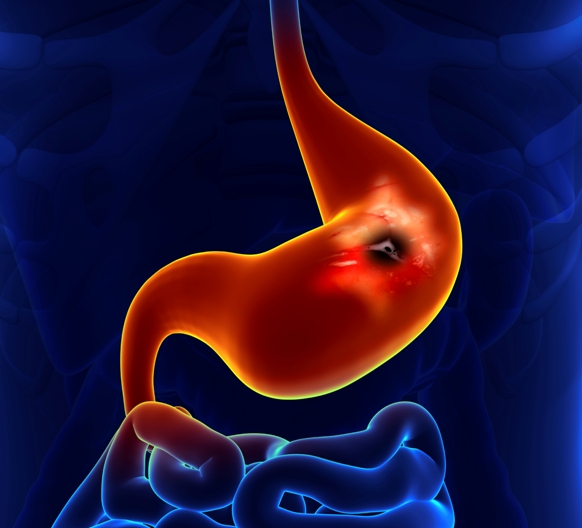Curing Oral Cancer with PDT: New Insights
Cancers of the mouth or oral cavity are the tenth most common cancer worldwide. The death rates associated with oral cancer—and specifically those affecting the pharynx, or upper part of the throat—are particularly high, most often due to fact that the cancer tends to be discovered late in its development.
Tongue cancers are one category of oral cancer. These cancers often start at the rear part of the tongue, which is technically part of the pharynx. In many cases, at the time of diagnosis, the cancer has already spread or metastasized to another location, such as the lymph nodes of the neck (cervical lymph nodes).
The chances of survival at this late stage of discovery are much worse than when the cancer is found in a localized part of the mouth or throat area. Therefore, patients diagnosed with oral cancer have much better survival if the treatment can prevent metastasis to the cervical lymph nodes or other areas of the body.
Cancer researchers in Brazil recently evaluated the effectiveness of photodynamic therapy (PDT) using a special liposomal form of phthalocyanine as the photosensitizer. (Liposome technology is increasingly favored in medicine because it enables anti-cancer drugs to have much easier access to tumor cells.) The study’s goal was to determine whether PDT could prevent metastasis of tongue tumors to regional cervical lymph nodes.
What follows are the Brazilian study’s three main findings, as reported in the May 2013 Journal of Biomedical Nanotechnology: :
- PDT treatment increased the overall survival for the lab animals with tongue tumors.
- The PDT was considered curative, because it not only led to complete remission of the tumors but also prevented metastases from occurring.
- PDT helped minimize weight loss in the mice with oral cancer, and this too may be linked with better long-range survival.
Thus, the researchers concluded that “PDT should be clinically evaluated for use in the prevention of cervical lymph node metastasis in patients with oral cancer.” Despite these promising findings, one of the concerns about PDT for tongue tumors is that it results in swelling that can, in turn, narrow the airways and make breathing difficult. A recent clinical study out of University College London Hospital (UK) concluded that taking steps to maintain the airways is essential when planning and performing PDT for tongue tumors. This is yet another area in need of further study.
Support us by buying our book, The Medicine of Light, and ebooks from our Photoimmune Discoveries eBook Series.
Sources
Bicalho LS, Longo JP, Cavalcanti CE, Simioni AR, Bocca AL, Santos Mde F, Tedesco AC, Azevedo RB. Photodynamic therapy leads to complete remission of tongue tumors and inhibits metastases to regional lymph nodes. J Biomed Nanotechnol. 2013 May;9(5):811-8
Story W, Sultan AA, Bottini G, Vaz F, Lee G, Hopper C. Strategies of airway management for head and neck photo-dynamic therapy. Lasers Surg Med. 2013 Jun 15. [Epub ahead of print]
© 2013, Photoimmune Discoveries, BV





 English
English Français
Français Deutsch
Deutsch Nederlands
Nederlands